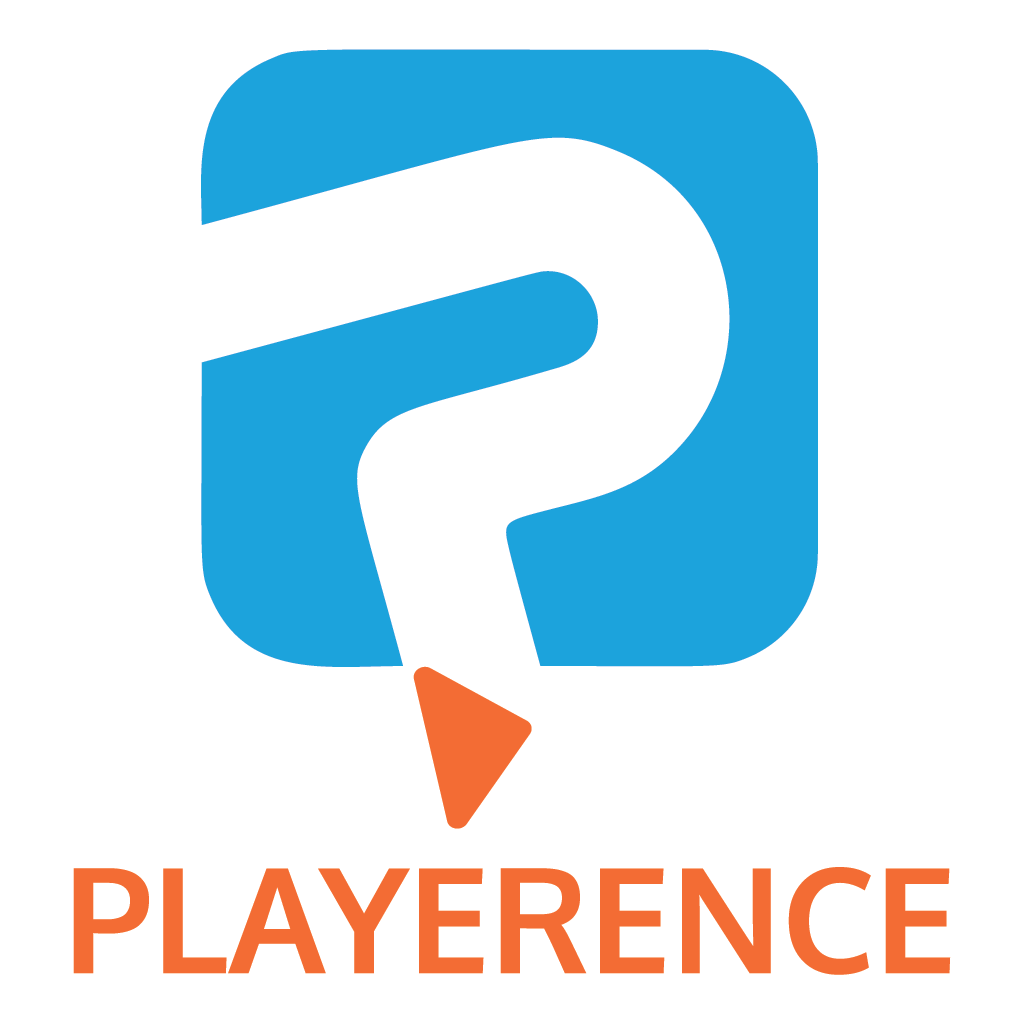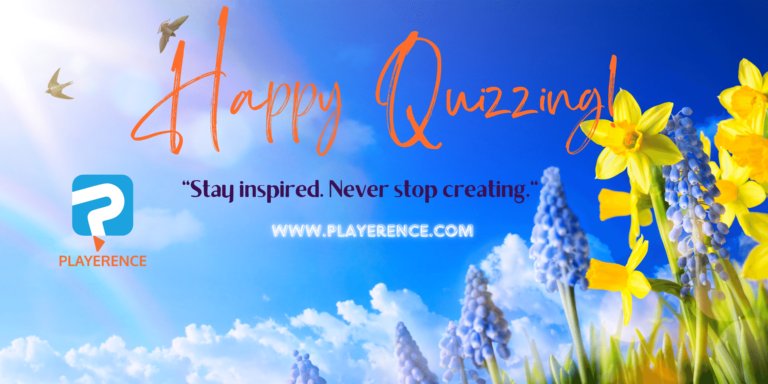In the whirlwind of digital marketing strategies, quiz funnels have emerged as a powerful tool to engage audiences and personalise marketing efforts. At their core, quiz funnels leverage interactive content to lead potential customers through a series of questions, ultimately guiding them to a product or service.
Cognitive behavioural therapy (CBT), a psychological intervention technique, can be seen mirrored in the structured interactivity of quiz funnels. By prompting users to reflect on their preferences, quiz funnels nudge them towards self-discovery, directly relating their responses to their needs and interests. This engagement fosters an environment where users feel their individual challenges and desires are understood.
Behavioural economics offers further insight into this phenomenon. It suggests that consumers are not always rational actors; they’re influenced by context and cognitive biases. Quiz funnels cleverly capitalise on these biases, offering a curated selection that subtly steers users towards making choices that feel personally tailored, yet align with a marketer’s goal.

Moreover, the principles of motivation and nudge theory are central to the appeal of quiz funnels. By presenting a series of choices, individuals are motivated to continue their journey of self-revelation, while simultaneously being ‘nudged’ towards a specific action or decision. This combination can lead to powerful user engagement and high conversion rates.
The Mechanics of Intrigue: Leveraging Psychological Theories in Quiz Design
When it comes to crafting quiz funnels that captivate and convert, employing psychological strategies is not just advisable; it’s essential. Consider gamification, a technique that speaks to our inherent love for games. By incorporating elements such as point scoring, competition, and rules of play, quizzes become more than a marketing tool; they transform into an interactive experience that users are excited to partake in.
The design of your quiz questions holds the key to unlocking the motivational drives of your audience. Questions that resonate with individuals on a personal level or challenge them to think can powerfully influence engagement. It’s about crafting a narrative within your quiz that participants feel invested in, compelling them to continue and, ultimately, to share their experiences with others.
Nudge theory also comes into play, where subtle design and wording choices can guide participants toward the outcomes you desire. The language you use, the order of questions, and the way results are revealed all have the potential to ‘nudge’ users subtly but effectively towards a particular action, like signing up for a newsletter or exploring a product range.
Lastly, behavioural economics offers invaluable insights into why people may decide to start and complete your quiz. By incentivising participation, whether through curiosity, the promise of reward, or the fear of missing out, you can tap into behavioural drivers that spur users to take action. The balance of loss aversion and the prospect of gain are critical elements that can be honed to perfection in your quiz strategy.
The Playerence Platform: A Synthesis of TV Quiz Shows and Digital Engagement
Picture the suspense and engagement of a classic TV quiz show. Now imagine capturing that same level of excitement in the digital realm of marketing. That’s what the Playerence platform achieves for its users. By mirroring the time constraints, instant feedback, and competitive edge found in televised quizzes, Playerence has become a game-changer for marketers.
In a fast-paced digital environment, attention spans are at a premium. Incorporating a timer in the quiz design serves a dual purpose: it instils a sense of urgency and maintains momentum throughout the user’s journey. The ticking clock is a powerful motivator, pushing players to make decisions, amplifying engagement, and mirroring the high stakes of a televised game show.
Complementing the time pressure is the instant feedback mechanism. When participants answer a question, they’re immediately informed if they’re correct, and points are awarded. This immediate reinforcement serves as a dopamine hit, which can elevate user enjoyment and retention. The platform enables clients to customise the scoring system, whether they want to focus on accuracy, speed, or a combination of both.
But the thrill of accumulating points wouldn’t be as enticing without the prospect of a reward. On Playerence, the most successful quizzes are those that offer meaningful rewards, much like the grand prizes on TV game shows. These rewards serve as a compelling incentive for users to not only complete the quiz but also share their achievements and return to the platform. This dynamic is especially effective when the rewards align with the audience’s interests and values. By providing these incentives, marketers can not only boost their quiz completion rates but also encourage social sharing and referrals, creating a viral effect.
In short, Playerence harnesses the familiar elements of quiz shows and incorporates them into marketing, creating an interaction that’s both entertaining and effective. The platform serves as a vivid example of how aligning classical motivational tactics with innovative technology can yield significant engagement and conversion rates.
Strategic Implementation: Molding Quiz Funnels for Peak Performance
Integrating quiz funnels into your marketing strategy isn’t just about inventiveness; it’s about placing them strategically within the customer journey for maximum impact. By understanding the points where potential customers are most receptive, I can weave in quiz funnels to personalise and enrich the user experience. This isn’t a one-size-fits-all approach but rather, calls for a tailored alignment with audience motivations and behaviours.
The principles of cognitive behavioural therapy aren’t just for the therapist’s office; they offer insights into user pathways that can adapt and evolve based on the interactions within the quiz. Crafting questions and answers that resonate with my audience’s desires and pain points encourages deeper engagement and leads to valuable data collection, which in turn refines my marketing messages and product offerings.
Success measurement is critical. As with any marketing endeavour, I keep a close eye on analytics to determine how effective the quiz funnels are. Key performance indicators such as completion rates, lead generation figures, and conversion metrics serve as signposts, guiding my efforts and indicating areas for improvement. Regular analysis helps in fine-tuning the quiz elements, ensuring they perform at their very best.
Reality checks are invaluable. I look at case studies where quiz funnels have been successfully implemented to learn from others’ victories and challenges. These examples provide a source of inspiration and practical insight that I can adapt and test within the context of my own goals, audiences, and industries.





